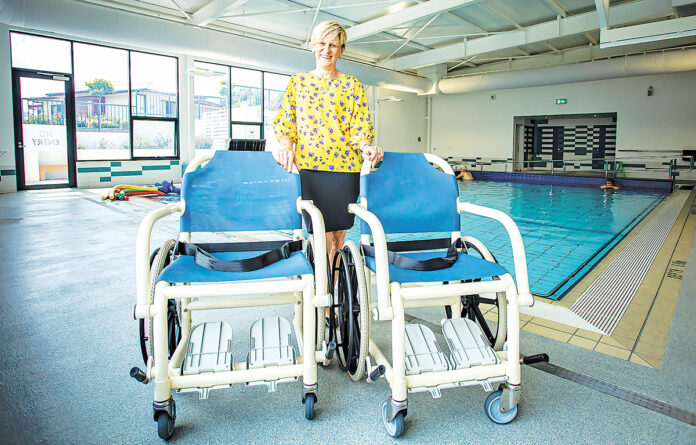Meat and Livestock Australia has published the latest results of the MLA/AWI sheepmeat and wool survey.
In the survey, there are some interesting results that outline a number of structural changes occurring in the industry.
These structural trends have been reflected in recent sale data.
In the 12 months to June 2021, the number of breeding ewes increased, but the percentage and absolute number of Merino ewes decreased.
This demonstrates an ever so slight shift away from Merinos as breeding ewes.
The results show that in the last 12 months there has been a significant rise in the number of first cross and composite breeds being used as breeding ewes.
The change in the composition of breeding ewes is flowing through into the types of lambs being produced.
In the four months to June 2021, the number of first cross lambs marked rose 7% (as a proportion of total lambs marked).
The survey also looks at grainfed lamb sales.
Interestingly, the number of lambs that have been fed grain for at least 35 days has fallen in the last 12 months.
This is despite the number of grainfed lambs in Victoria increasing.
The drop in grainfed lamb sales is being driven by WA.
Due to its Mediterranean climate, WA often finishes lambs on grain in late summer/early autumn.
This year, the wet conditions in the state and abundance of grass meant less lambs were finished on grain in 2021.
In the next four months, 1.2 million lambs are expected to be sold that have been finished on grain for at least 35 days.
Last year in the corresponding period, 1.5 million lambs were finished on grain for at least 35 days.
For the remainder of 2021, it is expected the main supply of grainfed lambs will be coming out of Victoria and central NSW.



